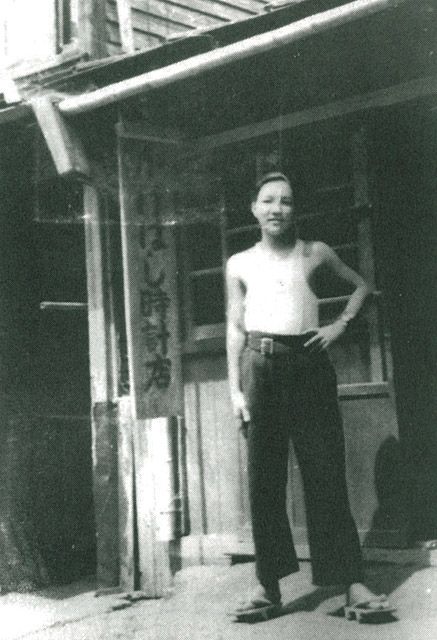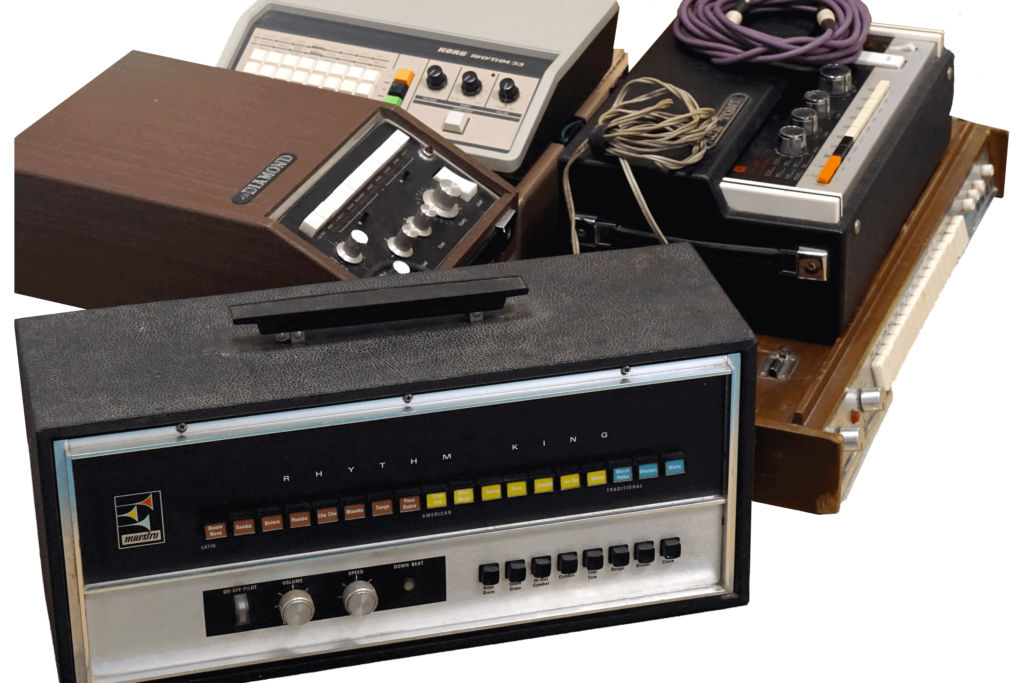
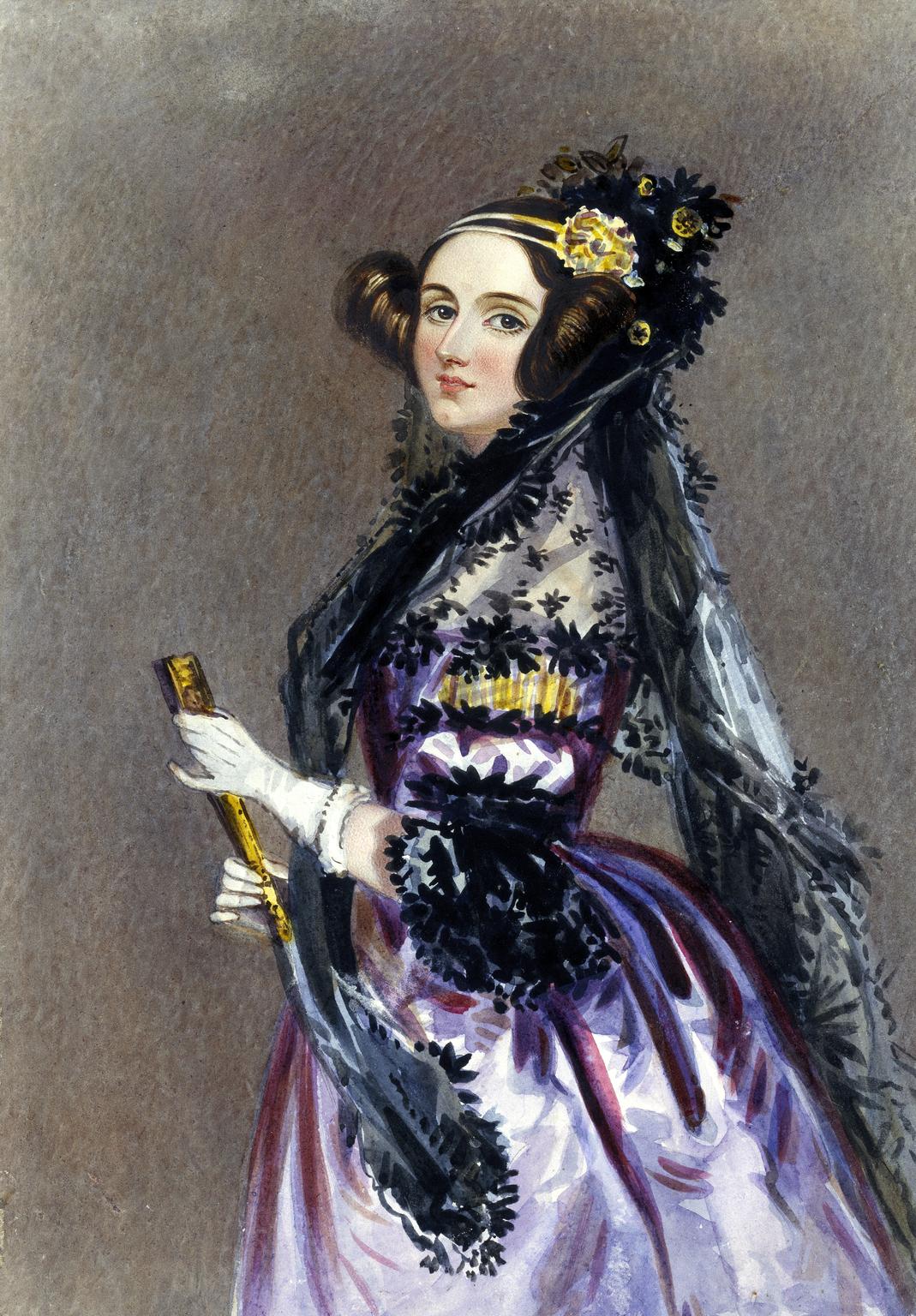
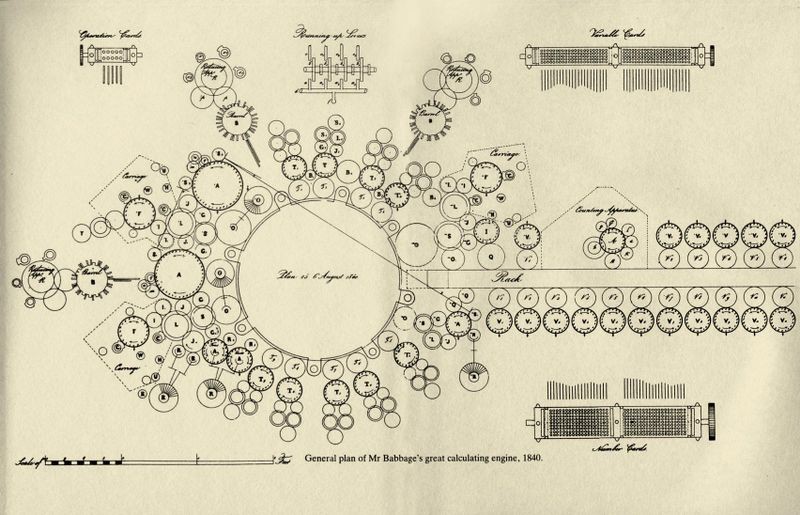
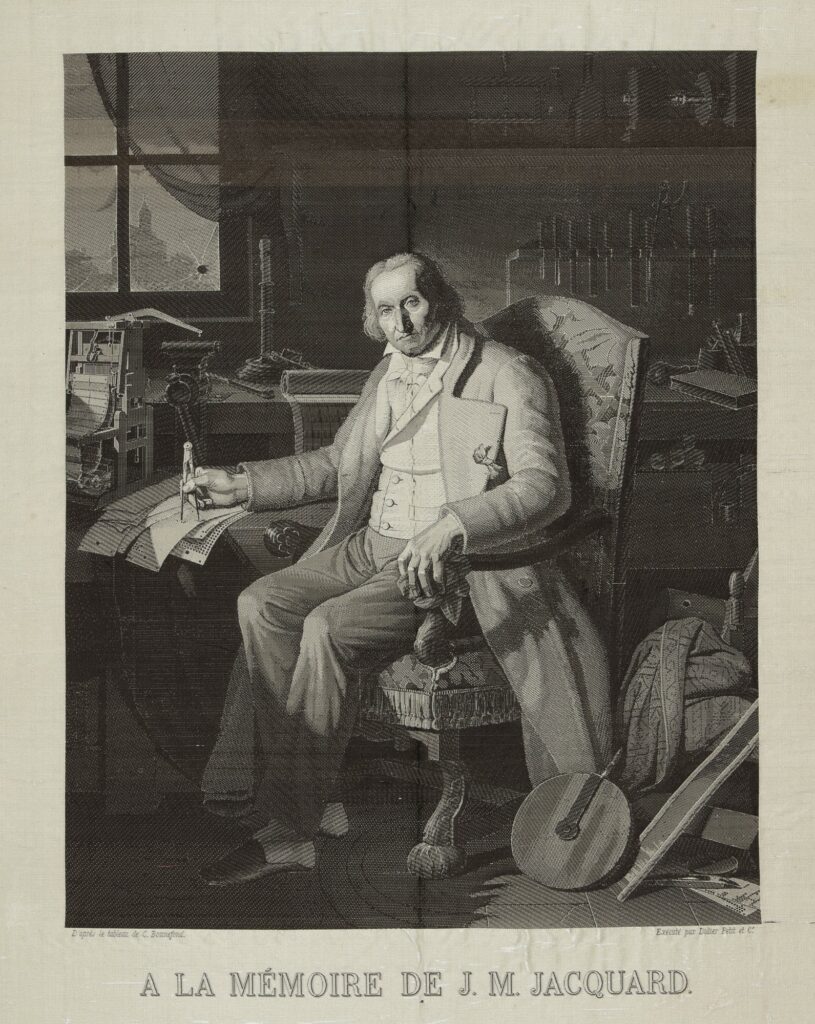
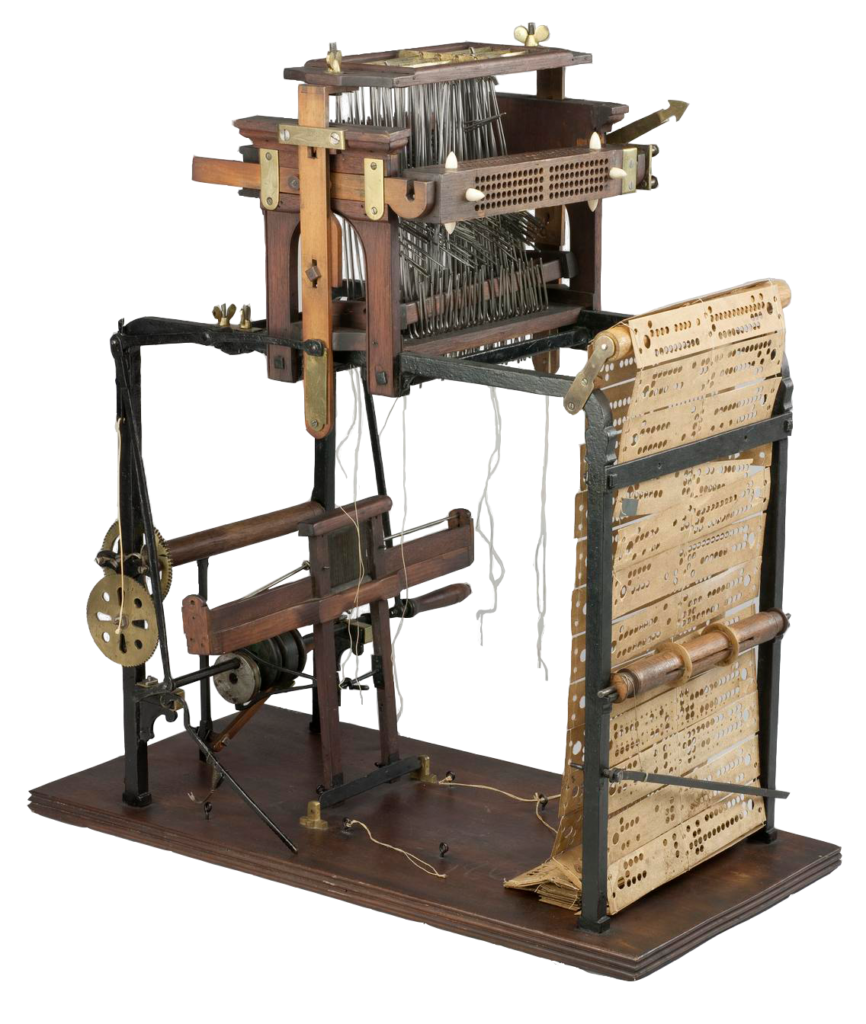
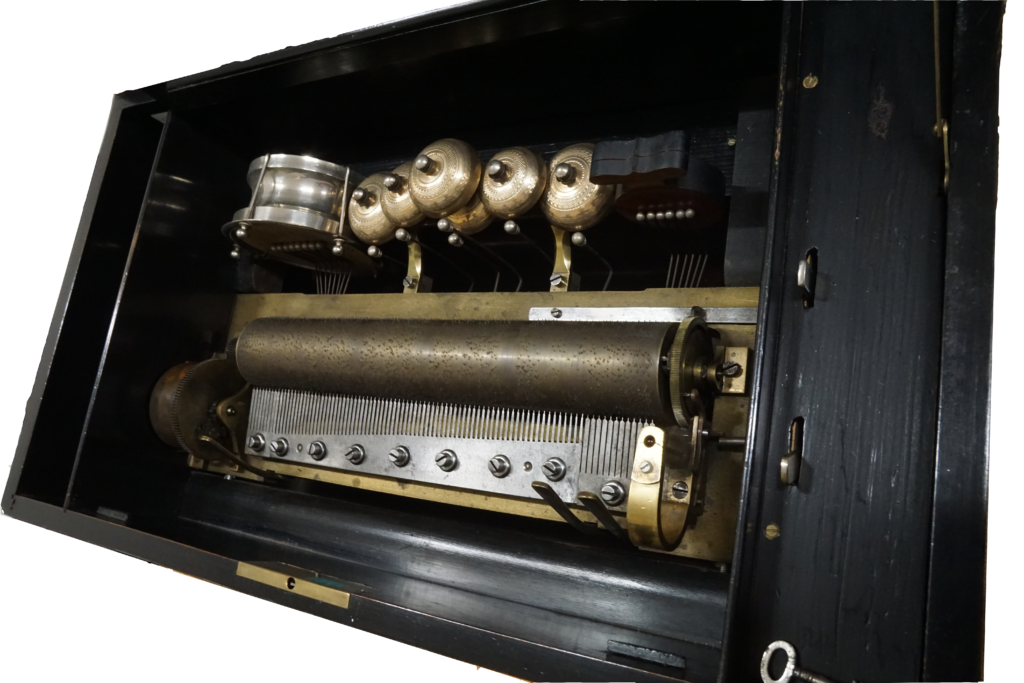
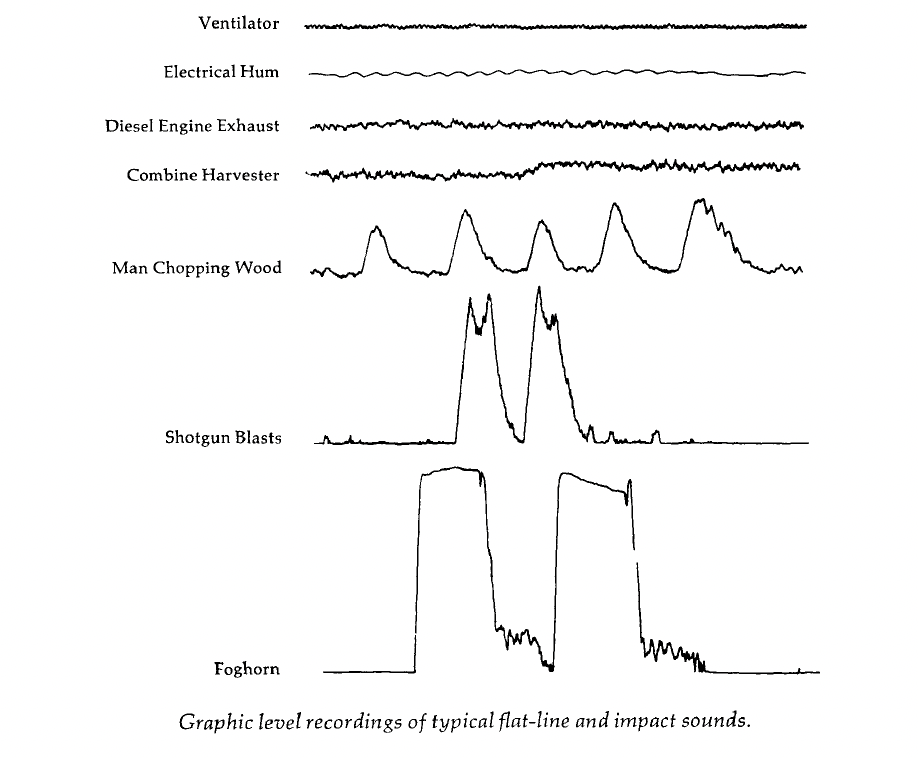
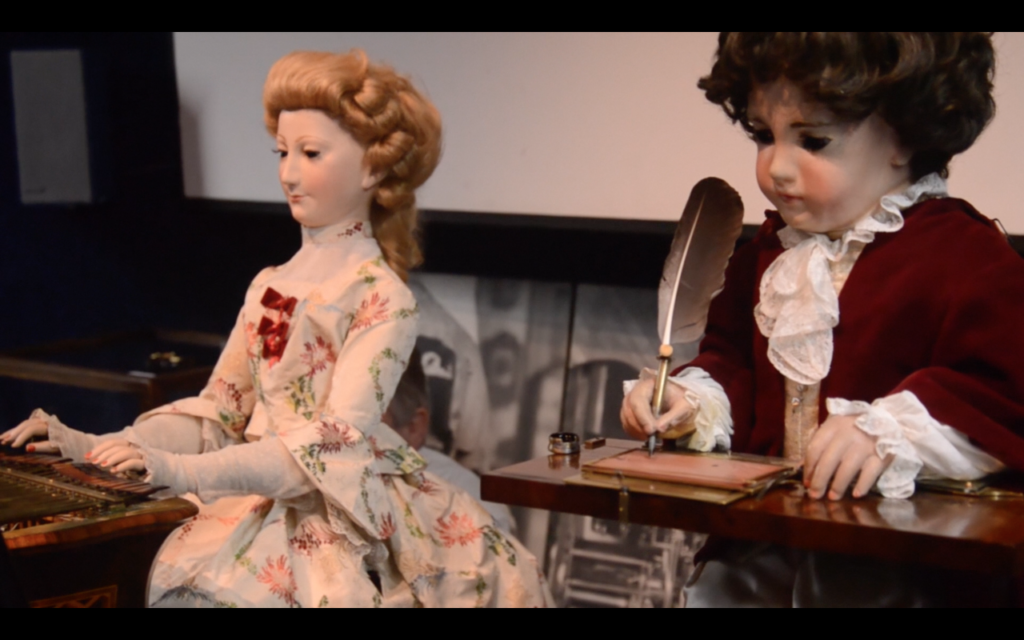
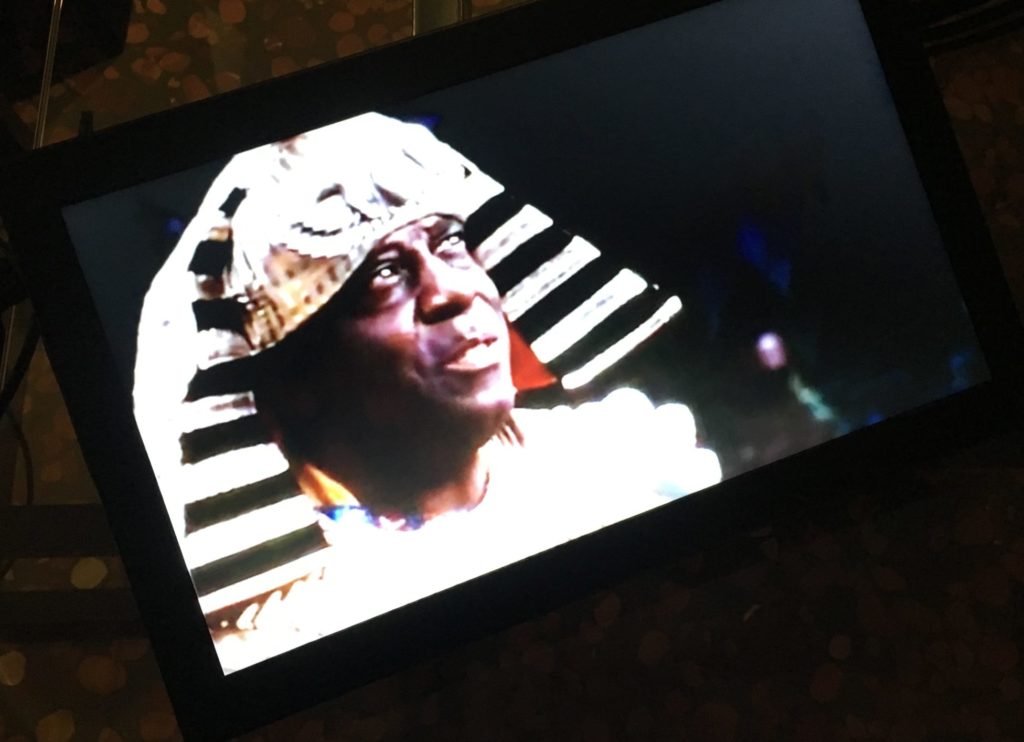
Archestrated Rhythmachine Komplexities (ARK)
ARKollective is a changing association of musicians, producers, writers, scientists and electronic MusickingThings, who*which perform heterochronicity and multi-track knowledge
Drum computers, drum machines, rhythm accompaniment machines – these are the quite incidental things that the ARKollective engages with. Some of these music-making things are even called “sideman “. They are constructed in such a way that they stand on the sidelines, that their function of replacing drummers should not be noticeable, and it should be vanishingly easy to learn to play with them. They have nothing of the patch-cable grandeur of large modular synthesizers, and lack all the sweaty performativity of electric guitars.
And the ARKollective? This seems to be a bunch of nerds who want to focus on some of these almost forgotten side issues; who want to hear something out of (or into) the clicking, clattering rotation of their drum patterns. They try to retrieve a specific rhythmic machine knowledge, which is stuck in the diode matrices, under the plastic cover, and in the suggestive preset titles at work. In fact, the intensive occupation with these things can paradigmatically illustrate the creative forms or musical forms ‘in the ruins of capitalism’ (Anna Lowenhaupt Tsing 2018) and colonialism:
Drum Machines were presumably invented to replace the drummers with their difficult to shift and set up kits. In this respect, they are a subservient part of the colonial and imperial reification process. These are technologies that are meant to follow the logic of capitalism. The automatic rhythm machines – as formulated by Norbert Wiener (1950) and / or Kodwo Eshun (1999) – are “the precise economic equivalent of slave labour”. Drum Machines are the fantasy of the synchronized, discrete and thus abductable African, Afro-Caribbean or Latin American drum group. The drumming machine is always a technoid exoticism too. It has the appearance of a simple lockable transport case for what are in fact place-less rhythm patterns. And it weaves the intricate migration stories into the patterns themselves – even the automatic loom has always been a programmable rhythm machine (Plant 1998). Rhythm patterns are non-human memory – Rhythmic Random Access Memory. Rhythm machines are time machines that operate timing, make the rhythmic time technically feasible, tell a globalized history of the clock, and in doing so transform historicity itself. They are ideally suited for the staging science fiction. And they were, for example in Detroit, rescued from the remains and rubble of the one-track belief in progress.
And the ARKollective tracks these crates across the globe, digs them up, listens to them: Who developed it? Who was involved with them? Why? Who rejects the invention, and who is afraid of it? And who, on the other hand, has recorded with them as an equal, non-human band member? Why do they sound soulless and ‘fake’ to some musicians, while others celebrate them for just that? Why do they look like arks , like food scales or cash desks?
The approach of the ARKollective is one that focuses on the aesthetics of drum machines and the impressions they leave. However, it is not the ARKollective that investigates on an unsure footing. The ARKollective listens acutely to ambient sounds and carefully compiles these fragments. It carries out, and this is not in a metaphorical sense, break beat science. It is the engineers, who think so logically, who simply invent knowledge, while the Christian missionaries who falsify; and it is binary thinking that suppresses intermediate times and intermediate forms. The ARKollective, on the other hand, feels its way close to the slightly yellowed surfaces of the machines and delivers well-founded speculation. Speculative foundations, which, however, are not looking for a safe, down-to-earth position – which can all too easily lose the floor under its feet – but a dancer’s balance. A dance on, and with, the machines:
The switch panel on the rhythm machine, with the labels ‘Latin’, ‘American’ and ‘Traditional’, is a display of ‘Black Atlantic’ – a post-colonial atlas that also collects the traumatic routes of enslavement and transnational beat presences in a box-shaped ship, an ark // The history of drum machines is a history of piracy, a history of clones and simulation of simulations // In the 17th and 18th centuries, music boxes were very popular in the court of the Chinese emperor. They became a very important element of missionary policy and Western diplomacy. And speaking of ‘Shanzai’, the first music box ‘fakers’ were Swiss Jesuits. ‘Latin Rhythms’ were invented by Japanese electronics engineers in the 1960s. The rhythm machine is a tradition engraving machine // In California John Wood printed stickers that read “Drum Machines have no soul!” to protest against what he feared to be the “Dehumanization of American Music”. For those who are concerned with authenticities such as ‘American music’, an ambiguity like a machine that makes music has to be unsettling. The history of technical automata is a history of fascinating fear. The fascinating ‘Other’. A human/male fear of becoming irrelevant and superseded. A fear of deception.
For Mobile Worlds, a mechanical drum group has been set up in the museum for six months, describing such break beats. Real, all too human drummers, are neither to be seen nor heard, because there are no more drums in drum machines. But the group stands there and invites visitors to play correctly in the wrong game.
Literature
Kodwo Eshun (1999): Heller als die Sonne. Abenteuer in der Sonic Fiction. [Brighter than the sun. Adventure in sonic fiction]. Berlin: iD Verlag.
Anna Lowenhaupt Tsing (2018): Der Pilz am Ende der Welt. Über das Leben in den Ruinen des Kapitalismus. [The fungus at the end of the world. On life in the ruins of capitalism]. Berlin: Matthes & Seitz.
Sadie Plant (1998): nullen + einsen. Digitale Frauen und die Kultur der neuen Technologien. [Zeros + ones. Digital women and the culture of new technologies]. Berlin: Berlin Verlag.
Norbert Wiener (1950): The Human Use of Human Being. Cybernetics and Society. London: Free Association Books.
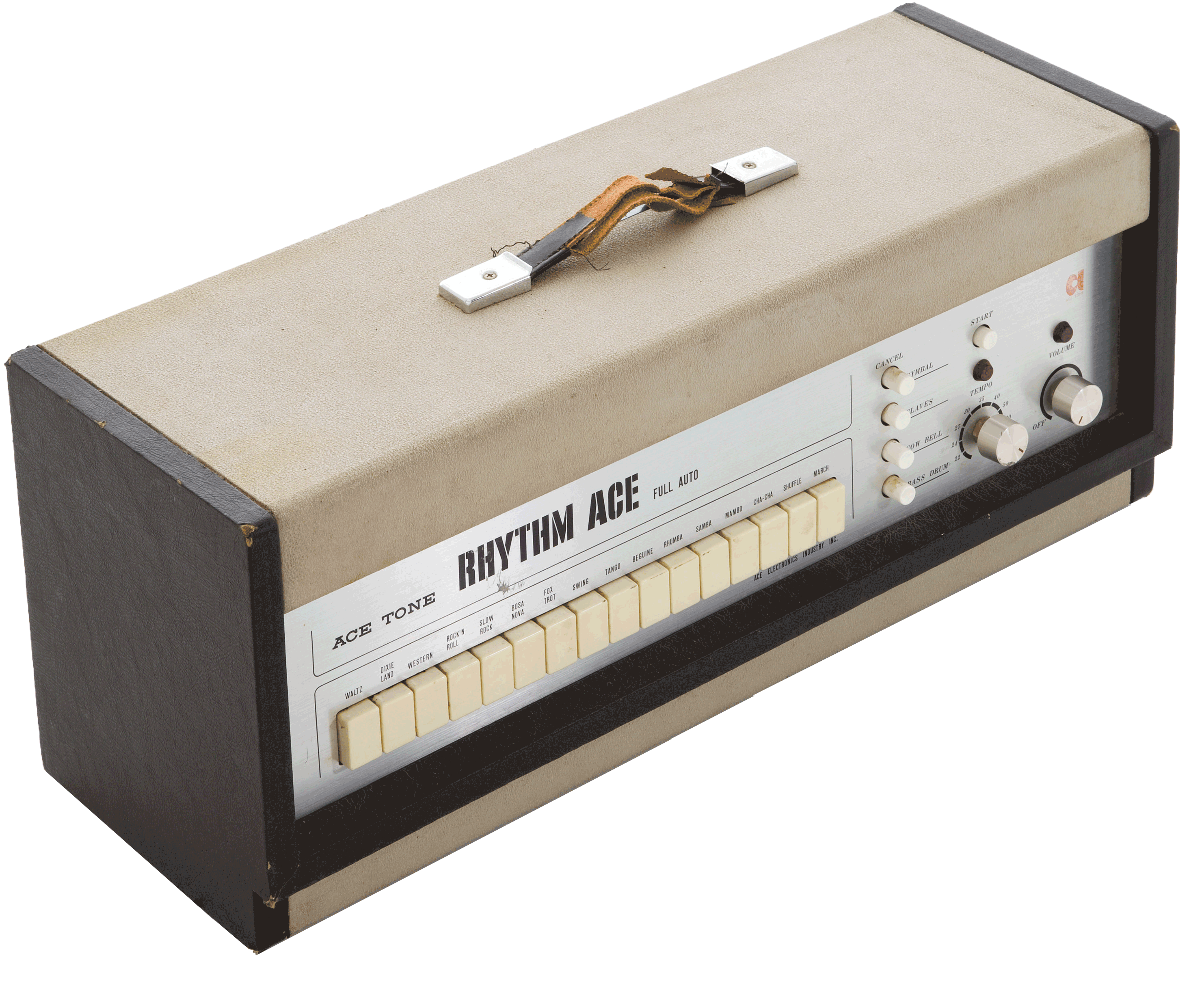

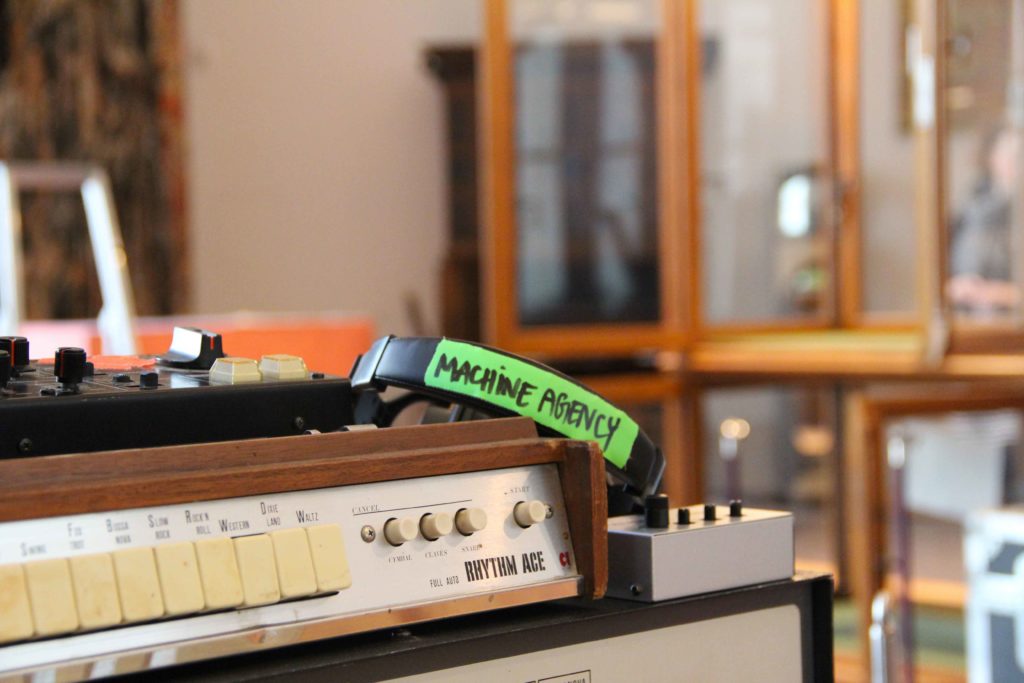




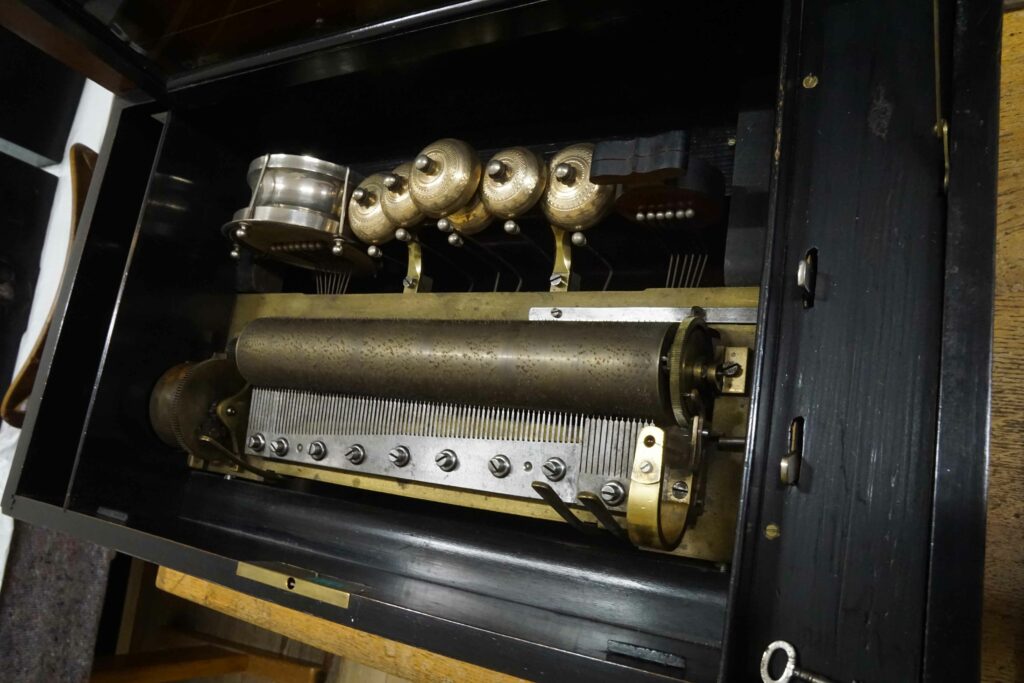

 Android by Pierre Jaquet-Droz (1774), from: The Mountains are High and the Emperor is Far Away, 2016 (Filmstill)
Android by Pierre Jaquet-Droz (1774), from: The Mountains are High and the Emperor is Far Away, 2016 (Filmstill) The Clock Collection at the Palace Museum, Beijing: The Mountains are High and the Emperor is Far Away, 2016 (Filmstill)
The Clock Collection at the Palace Museum, Beijing: The Mountains are High and the Emperor is Far Away, 2016 (Filmstill)
